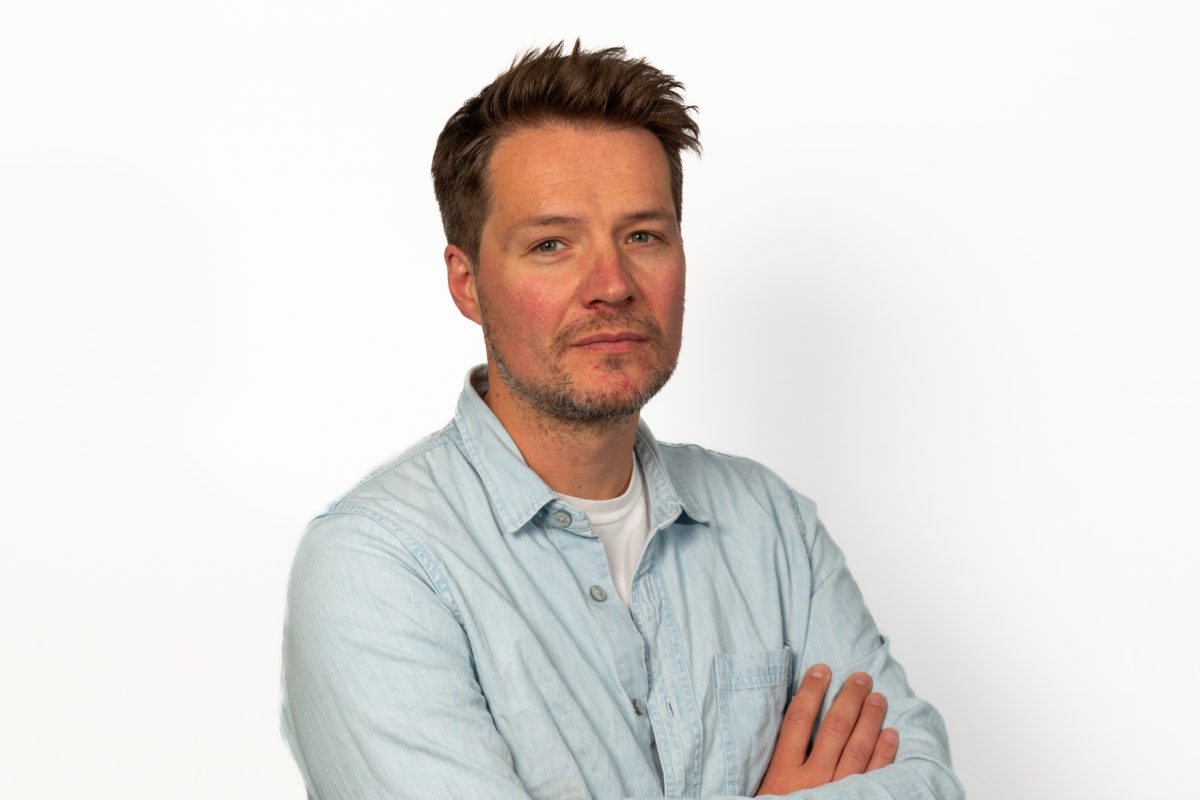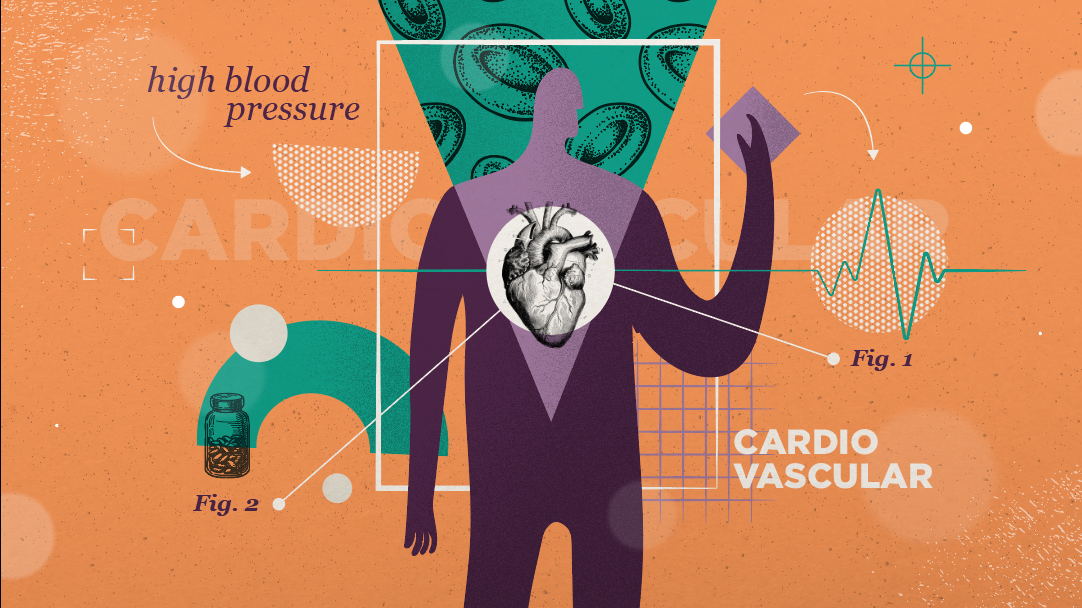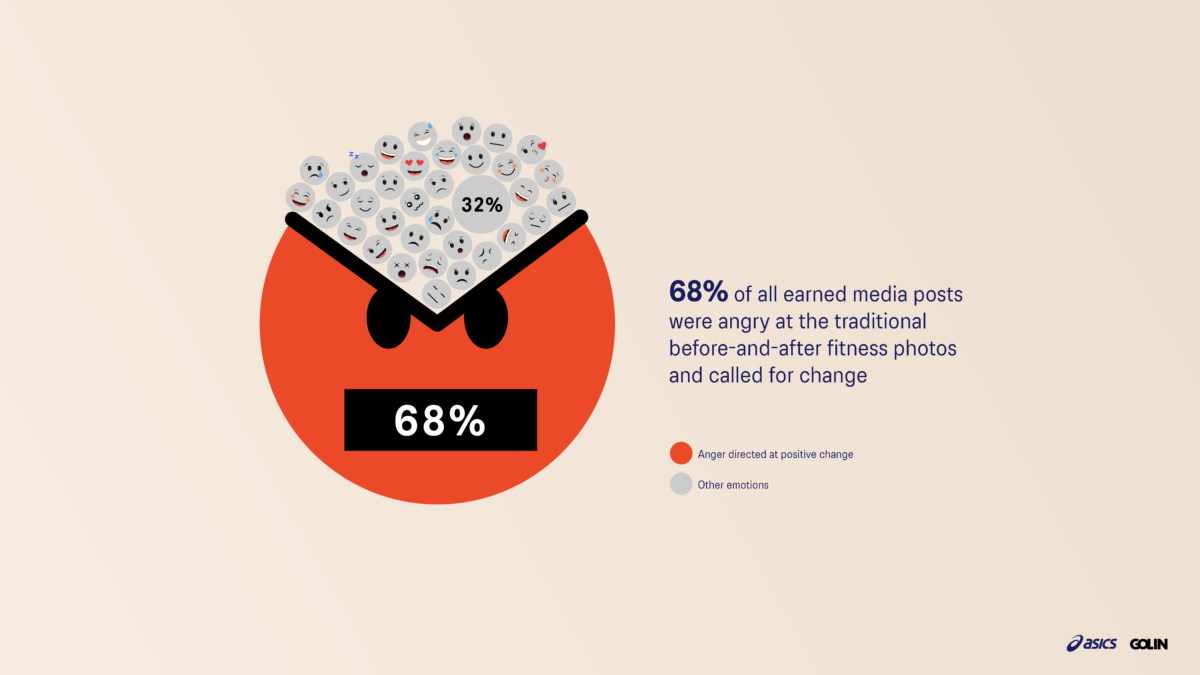2023-12-12



By Paul Andrews, Executive Director, Creative, Design & Production
Design plays a vital role in healthcare communications, helping translate complex scientific data into digestible content and visually exciting campaigns for wide-ranging audiences.
We caught up with the head of Virgo’s global creative design studio, Paul Andrews, who leads The Pharmacy, our multi-disciplinary team of 13 designers who are passionate about delivering accessible, creative and innovative healthcare design.
What areas of healthcare are most exciting creatively?
All areas have potential for creativity, but they all manifest differently, I think congress booths have the most scope for introducing new and emerging technology into the experience, we are always exploring at how we can make content more engaging in this setting. Data visualization is an area healthcare should be better at, with the amount of data that’s presented we should be setting the bar of what is possible, telling the scientific or human story through the data and contextualizing it for the audience.
How can design make healthcare more inclusive and accessible?
People always assume design is making something look visually appealing but that’s the end product, the process to get there is more problem-solving and inclusivity and accessibility is a key part of that: How do we take this content and make it easy to digest? How do we make sure the audience is represented? What’s the messaging hierarchy and how do package that information in an aesthetic way to attract viewers and maximise usability?
Intended audience is always a consideration, regardless if it’s healthcare or not. If we are setting type on a patient piece of content for the elderly or visually impaired we take that into account for sizing and legibility of the text or if we are creating an animation with text – are all the viewers reading this in their native language, if not we slow it down to give people more time. If we are using imagery, is it representative of the audience we are talking to.
How will AI affect design?
Will it replace illustrators, designers and animators? Probably not, it’s just going to become another tool we all lean on to get the best results. AI will certainly streamline processes, speed things up and spark creativity – there are platforms where you can automatically generate 50 versions of artwork for different media, it’s not always perfect and needs a human eye to tidy-up but that kind of automation is getting better and better.
Tools like generative fill in Adobe Photoshop is a game changer, Mid-Journey or Firefly are great for instantly bringing concepts to life, which is perfect for showcasing ideas to clients or suggesting visual routes you might not have considered. We will certainly see more content creators specializing in AI generated content as there is an art to getting it right, a mix of creative intention, programming and knowing the right prompts to create your vision.
What are the challenges of designing for healthcare?
One of the main hurdles in healthcare design is making sure you are compliant with local guidelines, such as the ABPI in the UK. As these vary from market to market, we all need to be aware of the requirements. Another common issue is finding images. Stock imagery for healthcare can be a real challenge, especially if you are trying to avoid the common tropes, for this reason we often suggest bespoke illustration as an alternative, and we are very fortunate to have a group of very talented illustrators within the team.
What misconception about healthcare design would you dispel?
People assume designing in healthcare can be a little dull and samey: scientific content, blue and green corporate pharma colour palettes, Photoshop’d images of patients breaking through walls, death by PowerPoint – but it’s the opposite!
Yes, there are aspects of that but it’s an incredibly rewarding sector to work in, both creatively and technically. We get to translate complex mechanisms of action into graphic or illustrated pieces that everyone can understand, we create educational disease awareness explainer animations and emotionally charged patient videos – the work we do is wide-ranging, complex and challenging but for all the right reasons.
What design challenges are the hardest?
Data visualisation – it’s one of the things I am most passionate about as I believe data presented in the right way can really contextualise the content and bring people into the story we are telling. The exploration of how we present that data can take some time and throw-up problems that you wouldn’t find in other projects, such as creating interactive user-led journeys through the content. It doesn’t have to be fancy or over-complicated, just something that gives the viewer the content in the most digestible, yet meaningful way.
The Pharmacy is Virgo Health’s award-winning global creative design studio, specializing in healthcare design and content production. Their work ranges across artwork, animation, 3D, films, photography presentation, digital design, booth and experiential design and illustration. To learn more about our capabilities or share a brief please email paul.andrews@virgohealth.com.